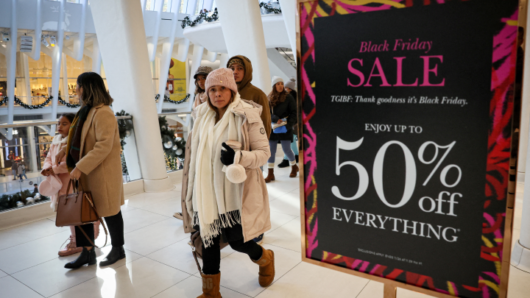 Australia is a global leader in moving towards cashless payments, according to a new international study by Mastercard.
Australia is a global leader in moving towards cashless payments, according to a new international study by Mastercard.
The report, The Cashless Joureny, tracked how 33 major economies are progressing from cash-based to cashless societies.
In Australia, cash transactions account for less than 15 per cent of consumer payments, leading other major global economies including China and the United States where cash payments represent 45 per cent and 20 per cent respectively.
The most cash dependent economy in the study is Egypt, where only seven per cent of transactions are non-cash payments.
Ranked among the top six countries in the world that have been dubbed “nearly cashless”, Australia (where an estimated 86 per cent of the value of consumer spend was cashless) – along with Belgium (93 per cent), France (92 per cent), Canada (90 per cent), UK (89 per cent) and Sweden (89 per cent) – has been shrinking the share of cash in circulation for many years now, with further reductions to cash usage expected.
MasterCard Australasia division president, Eddie Grobler says the data illustrates how eager Australians are to adopt new technology, and free themselves from the inconvenience of cash.
“Australian consumers are savvy as they know that cashless payments are more convenient and safer than withdrawing and carrying cash, the numbers speak for themselves,” Grobler said.
“We’re in an exciting position where a cashless future is a genuine possibility for Australia. Through the advancement of contactless payment options like PayPass and digital wallet technology, we’re getting ever closer to realising it.”
While the study shows Australia is ahead of the pack globally it is evident there is still work to be done, particularly in capturing low value payments. Cash accounts for less than 15 per cent of the total value of consumer transactions, but it still equates to nearly 70 per cent of the total number of transactions.
“Consumers are becoming more and more comfortable making transactions using their cards instore and online. The challenge now is educating Australians that small purchases like heading down the road to grab a coffee and a paper can be made with greater convenience by leaving the cash at home.”





